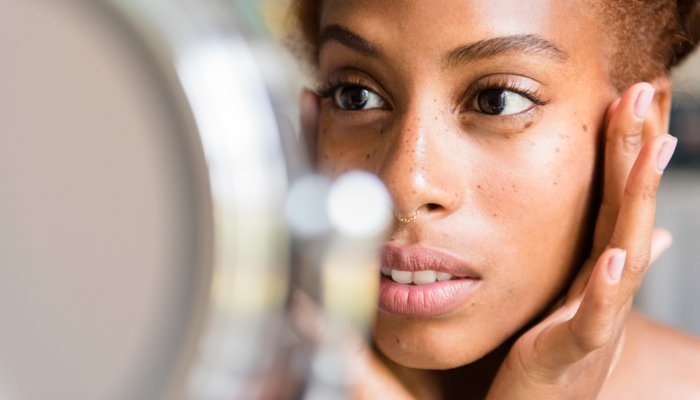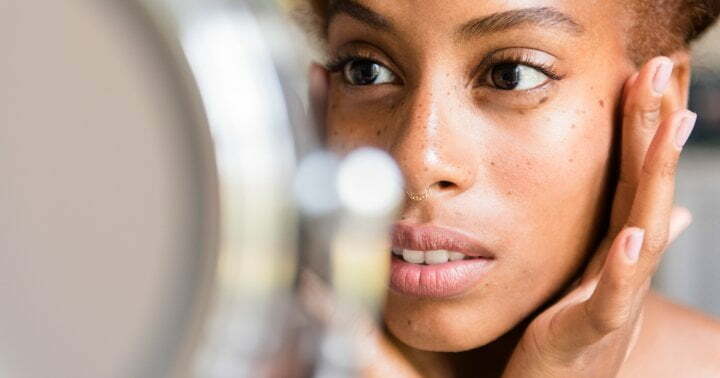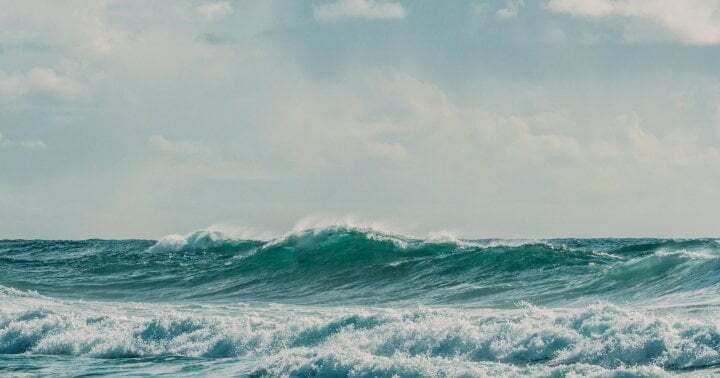These Trendy Pore-Clearing Patches May Cause More Acne Later On—Here’s Why

So that’s the deal with pore strips in general, but what about hydrocolloid? Yes, in its place, users have started sporting hydrocolloid patches. Hydrocolloid patches (or acne patches) are skin care treatments that originated in the medical world: Hydrocolloid dressing is a sticky, yet dry, cellulose-feeling fabric that is used over injury or scars for wound-healing. They work by creating a microenvironment that sucks out gunk without drying the area out.
Often they are small round dots that go over a single zit to speed up it’s healing time. However, now there are larger options that can cover areas of the face like your forehead, nose, and chin. So instead of using the potentially damaging pore strips, users have been cleaning out their pores with these trendy options.
What do the experts have to say about this new development? As board-certified dermatologist Whitney Bowe, M.D. (and mbg collective member!) explains in a recent TikTok video, “Using a hydrocolloid patch as a nose strip is actually much more gentle than a classic nose strip which I like, but the problem here is that you are potentially changing the skin microbiome underneath that patch; this can potentially lead to worsening acne” she says.
This article was originally published by mindbodygreen.com. Read the original article here.




